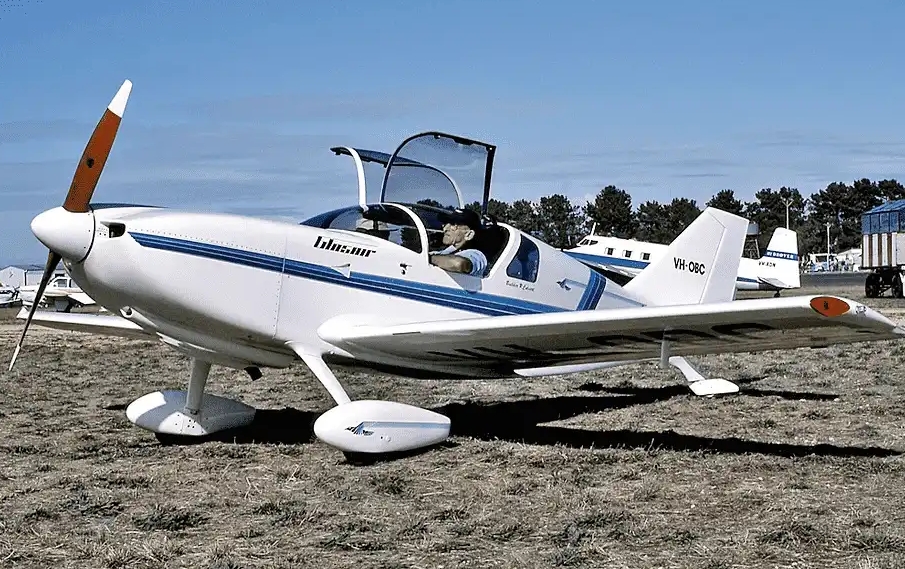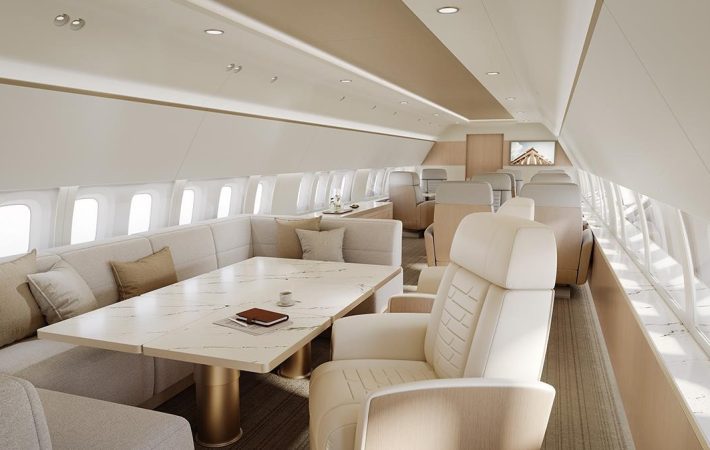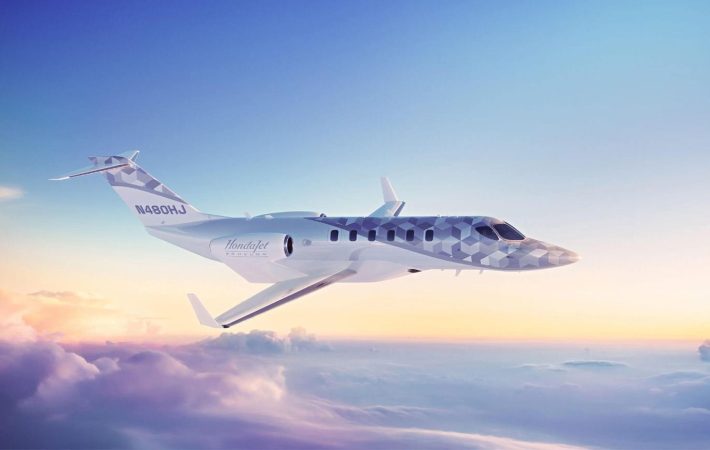 Previously owned by Glasair Aviation USA – and before that, by its original designers, Stoddard-Hamilton – the Glasair aircraft design has evolved from its Oshkosh debut in 1980, offering the first ever pre-moulded composite kit available.
Previously owned by Glasair Aviation USA – and before that, by its original designers, Stoddard-Hamilton – the Glasair aircraft design has evolved from its Oshkosh debut in 1980, offering the first ever pre-moulded composite kit available.
Since then, the time-saving ‘two halves’ method of pre-fabricating the components for the major airframe has offered builders an accuracy in build finish and considerable time-savings compared with other kits available.
The Glasair I, was tested in 1979 and was powered by a Lycoming O-235 (just 115HP)! In 1980 when they started production, Glasair saw sense in improving both cockpit headroom by 3″ and an O-320 motor (160HP) which allowed sales to exceed 150 kits in that year.
Photo: The Glasair I (Taildragger)
Numerous awards later, by 1983, the RG version was released utilising the existing body. And if we fast-forward three years to 1986, a total of 700 kits were in being built or completed. Stoddard-Hamilton also improved kit completeness, cabin ergonomics (3″ extra width) and launched a choice of 3 new models in the new Glasair II; the TD (tail dragger), FT (fixed-gear) and RG (retractable).
Later, the Glasair II-S was introduced (in the previous 3 variants) lengthening the fuselage by 6″ and increasing the size of the horizontal tail surfaces that allowed a wide-enough balance envelope to allow owners to choose their power plant.
Photo: The Glasair II-S RG
Glasair III
1986 was a big year for Stoddard-Hamilton. As well as improvements on the Glasair I, an aircraft still considered by many as the finest-performing single engine sport aircraft ever built, the Glasair III was designed.
PHOTO: Glasair III Super (Turbo) cockpit
The III was simply unbeatable. Powered by a massive 300HP IO-540, the sleek design and smooth gel-coated glass airframe provided 242kts TAS at 8000′. The newer-improved machine boasted an almost 3000’/ per minute rate of climb and a stall speed of 58kts with the slotted flaps and tip extensions fitted. The die-hard fans loved it, in their droves.
Working out how to get more out of an aircraft that provided so much already was not difficult for Stoddard-Hamilton. They entered themselves into a NASA-funded ‘Small Business Innovation Research’ grant in 1993. Working in conjunction with NASA, they developed a new variant ‘lightning protected’ Glasair III (LP) model; a technology that continues to be used in other composites, such as the Cirrus.
Glasair Super III (Turbo)
The ‘pièce de résistance’ of the Glasair family was born in 1998 when the Glasair III program engineers analysed the aerodynamics of the aircraft at speeds between Mach .6 and .7. To achieve this, they engaged a Lycoming TIO-540 to produce 350HP and flew the aircraft to FL370. The results were astonishing, with a climb rate of over 2000’/min and more than 320kts recorded at that altitude.
With a roll rate of 140 degrees per second, a cruise speed of 272kts TAS (75% power @ 17,000ft) and a 2990 t/min climb rate (solo), the Glasair 3 Turbo is the most capable tourer/ aerobatic combination available in a composite kit-build aircraft in 2018; that’s 30 years after it was first designed.





Leave a comment
Your email address will not be published. Required fields are marked *
You must be logged in to post a comment.